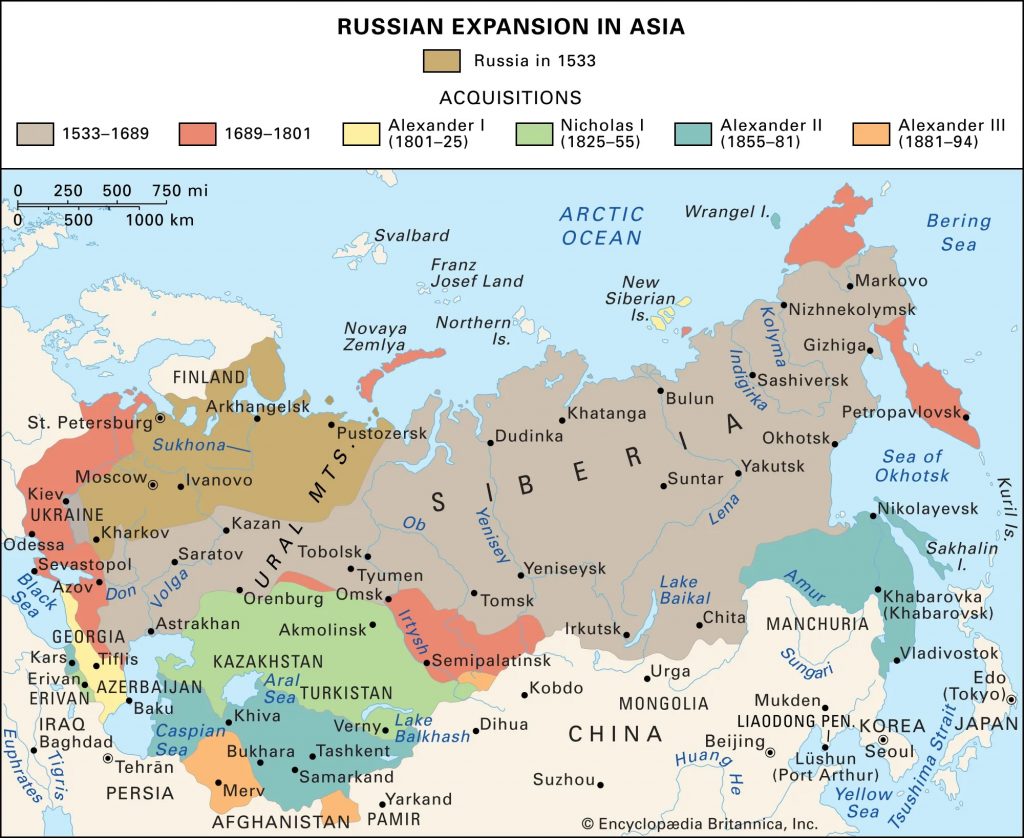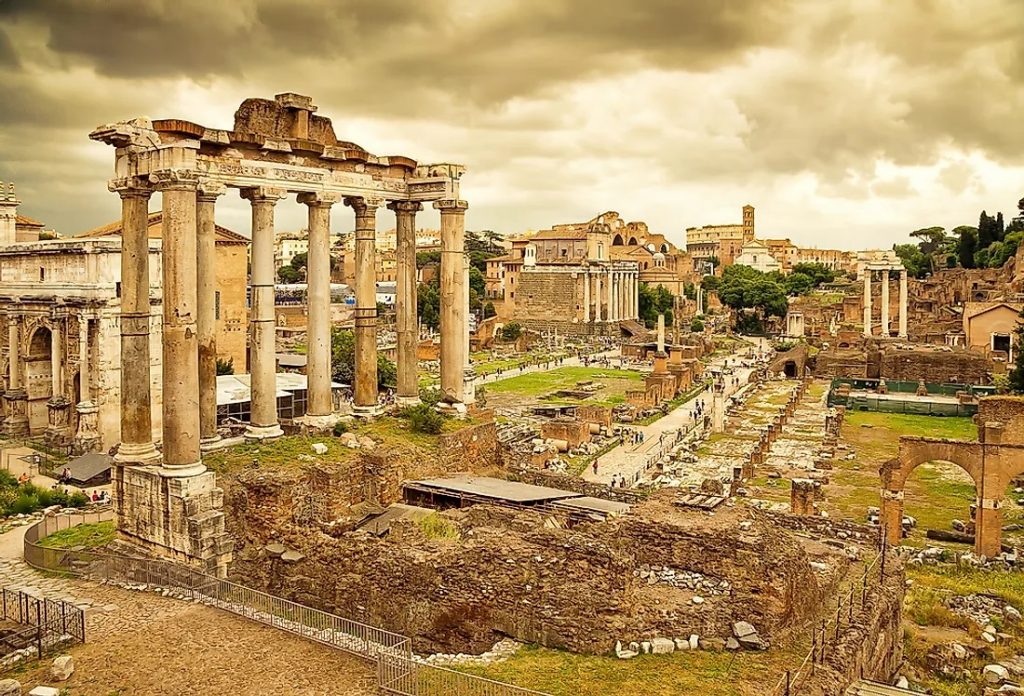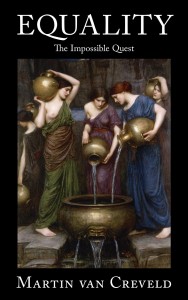
In 1300 CE the Grand Duchy of Muscovy, as it was known, occupied an area of around 7,800 square miles. By 1462 CE that number had increased to 1,700,000. By 1584 CE it had swelled to 2,100,000 square miles. The peak, 8,800,000 square miles. was reached in 1913: celebrating, as Tsar Nicholas II did that year, the 300th anniversary of his Dynasty’s ascent to the throne, he could look back on six centuries during which its domains increased by 284 square miles each year on the average. Subsequent conquests brought some additional territory, especially at the expense of East European countries such as Finland, Poland and Romania, but nothing to compare with pas advances.
In the whole of history only two empires, the Mongol one and the British one, ever controlled more land. Much of this success was due to the fact that, especially in the north and the east (Siberia), the lands the Tsars and his men took over were either empty or nearly so. But not all; trying to expand, very often Russians met with determined resistance. By one list—surely a very partial one—the victims included Tatars (who had to be thrown off first), Kazakhs, Poles, Belarussians, Ukrainians, Cossacks, Moldavians, Estonians, Lithuanians, Finns, Galicians, Georgians, Bessarabians, Armenians, Tajiks, Caucasians, Circassians, Chechens, Uzbeks, and Turkmens. And this is just a select list. Some of these nations were small, others large. Some were Slavs, others belonged to other races. Some were Christians (themselves divided into two major denominations), others not. Some were officially recognized in Moscow, others not.
Come 1989-1991. As the gigantic empire began to crumble Russia was left with 147,000,000 people, just a little over half of the 1990 Soviet figure. Over the three decades since then a combination of low fertility and a falling life expectancy has made things much worse for Russia. Back in 1990 roughly one in eighteen people on earth got his marching orders from the Kremlin. Thirty years later the number was down to just one in fifty-nine a two-thirds decline.
Nor is that all. As hostilities between Ukraine and Russia proceed and show some signs of a coming Russian defeat, any number of countries have waked up to the fact that, at some time in the past, they lost territory to Russia without signing any treaty to legitimize the transfer. Among them are the following:
Estonia. After the dissolution of the Soviet Union, Estonia hoped for the return of more than 2,000 square miles of territory annexed by Russia in 1945. By the Treaty of Tartu, which dates to 1920, the land in question was part of Estonia (even though the majority of inhabitants spoke Russian). However, when Russia’s first post-Soviet Government, led by Boris Yeltsin, came to power in 1991 he refused to abide by it and left things as they were.
Japan. In this case the dispute is over the Kurile Islands (Iturup, Kunashir, Shikotan and the Khabomai group). All of these belonged to the Japanese Empire from 1855 until the 1945 Soviet–Japanese War when the Soviet Union occupied them as well as the southern part of Sakhalin Island. Meeting at Yalta, the Western Allies recognized Soviet sovereignty. However, when Japan signed its treaty of capitulation to the Soviet Union the matter was not mentioned, thus enabling Tokyo to lay claim to what it called the “controversial northern territories”. Here it is worth adding that the islands’ population (those of them that have any) is entirely Russian. Why? Because, under Soviet occupation, all Japanese were expelled.
Finland. The 1939-40 Soviet-Finish War, as well as World War II which followed it, saw Finland allied with Germany. This led to its losing about ten percent of its territory to the Soviet Union, a situation which the latter’s subsequent disintegration did nothing to change. However, the matter has not been settled: while Russian leaders such as Yeltsin and Putin have repeatedly declared it “closed,” Finnish ones have been equally persistent in saying that it might be “revised” by “peaceful means.” Now that Finland has become a member of NATO the matter may again be laid on the table.
Germany and Poland. World War II left Koenigsberg, a German city going back to the Middle Ages, as a Soviet enclave within Lithuania and Poland, both of which would certainly lay a claim to it if the opportunity presented itself. In addition the Germans, who lost the city in 1945 and who in 1990 signed a treaty renouncing it, have been showing an increased interest in it.
There are several other unresolved territorial issues between Russia and its neighbors, though none sufficiently important to be worth discussing here. But people have long memories. The mere fact that a treaty has been signed and remains in force by no means always means all potential for conflict has been eliminated. Should Putin win his war, then there is little doubt that at least some of these issues will come alive. Should he lose it, then there is even less doubt that some of them will.
The real elephant in the room is not some god-forsaken tribes but China. Back in 1990 the Soviet Union and China signed an agreement that settled, or was supposed to settle, the border problems affecting them. It should, however, not be forgotten that, back in the nineteenth century, a series of treaties gave Russia approximately 600,000 square miles of territory at China’s expense, mostly in Manchuria. To be sure, the authorities in Beijing gave their agreement to these treaties; yet the name by which they are often known, “unequal,” speaks for itself.
To be sure, too, the lands in question are among the least populated on earth. Yet that is precisely the problem: the empty territories to the north are attracting Chinese immigrants the way a lamp attracts insects. Some sources have even mentioned their number, 1,000,000 per year: given that China has almost ten times as many people as Russia does, this is not surprising.
At the moment relations between Moscow and Beijing, focused as they are on Washington’s attempt to prevent the former from taking over Kiev, are as good as they have ever been. But will it last?


